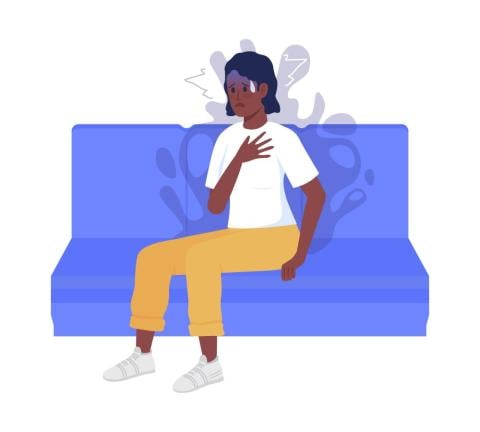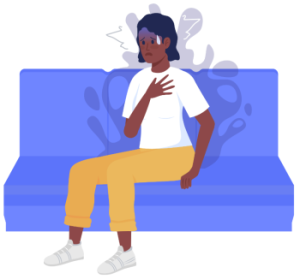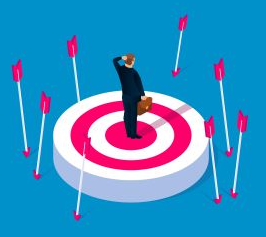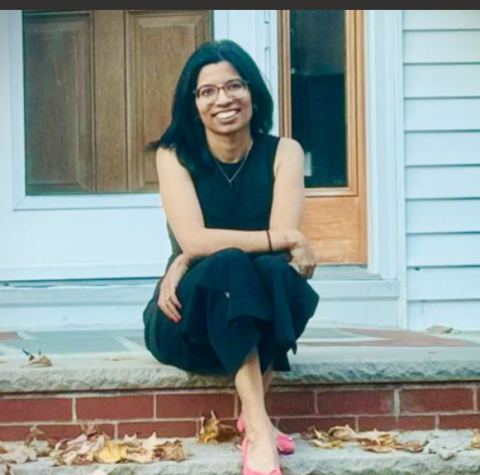The Stigma Surrounding AAPI Mental Health
 I distinctly remember the day I came face to face with mental illness. It was after-school on a warm spring day. I had let myself into my best friend’s house, to give her the classwork she had missed from leaving school early— only to see her on her kitchen floor, chest heaving erratically and locked in a semi-fetal position.
I distinctly remember the day I came face to face with mental illness. It was after-school on a warm spring day. I had let myself into my best friend’s house, to give her the classwork she had missed from leaving school early— only to see her on her kitchen floor, chest heaving erratically and locked in a semi-fetal position.
For several moments, I froze. What was happening? How could I help her? Who could even help her? Could I help her?
At that time, I did not know what a panic attack was or how to help someone through one. I just knew my best friend was on the floor, suffering, and I needed to do something. So, I leaped into action, holding her and consoling her until the shaking subsided.
It was only afterward did I come to learn what it was: a panic attack. My friend revealed to me that three years ago, she had been diagnosed with general anxiety and panic attack disorder. Sometimes, it prevented her from going to school. Other times, it made relatively simple daily tasks take hours. It was a constant presence that weighed heavily on her and her family—and yet, they refused to tell or seek support from anyone.
In essence, it was their burden—a burden many Asian American families experience to this day.
Despite having a 17.3% overall lifetime rate of developing a mental illness or psychiatric disorder, Asian Americans and Pacific Islanders (AAPI) are three times less likely to use mental health resources and mental health services than their white American counterparts (American Psychological Association, 2012). Even in more recent years, the rate of Asian Americans developing mental illness and other mental health issues has been steadily on the rise— with barely any increase in the number of AAPI folks seeking professional help. It’s a concerning reality that has led to suicide being the first leading cause of death among AAPI youth (U.S. Department of Health and Human Services, 2021). To put this into perspective, suicide is the second leading cause of death for American youth (CDC, 2021).
It’s clear to see that AAPI folks are struggling with their mental health. Yet, little seems to be happening in regard to bettering it. That begs a very simple, but extremely pertinent question: why?
It’s a question that led me to write my book, Stigma: Breaking the Asian American Silence on Mental Health.
From over fifty interviews, across various states and ethnic backgrounds, two answers rang clear: stigmatization and a lack of culturally competent care.
The mental health stigma is pervasive in AAPI families, stemming from a combination of cultural precedence, the model minority myth, collectivist ideals, and misinformation. Along with the perpetual “foreigner” effect (where even 4th and 5th generation immigrants are not considered truly ‘American’), this creates a reality where Asian Americans and Pacific Islanders become not only more likely to develop mental illness, but also unlikely to openly seek help, in fear of social repercussions— including ostracization from in-groups (one’s own ethnic/racial community) and discrimination from out-groups.
Not only do these factors create a reluctance among AAPI groups to seek help for their mental illness, but it also breeds mistrust in the Western healthcare system’s ability to provide effective care. That’s why cultural competence— in which mental health services provide counseling, advice, and solution that are cognizant of these factors— is essential to ensuring Asian American and Pacific Islanders seek continued care early rather at times of crisis.
Overall, the state of mental health in the AAPI community is dire. There is still much that needs to be improved, both in terms of how we approach and how we care for those with mental illness in our Asian American/Pacific Islander communities. To get to that point, however, we must first understand the AAPI perspective; that means we must listen to and uplift AAPI voices— which is what Stigma: Breaking the Asian American Silence on Mental Health does. It reveals the true stories and true facts behind mental health in the AAPI community— both for those from and those from outside of Asian American/Pacific Islander backgrounds.
And, slowly, we can make changes that the AAPI community needs.
If you’d like to learn more about mental health in the AAPI community, please visit my Instagram platform (@tanayawrites).
- Share Your Story and Voice and Help #breakthestigma Around Mental Health
- Support ADAA's Mission - Every Gift Makes an Impact
- Join an ADAA Online Peer to Peer Support Community
- Find Your Therapist



















